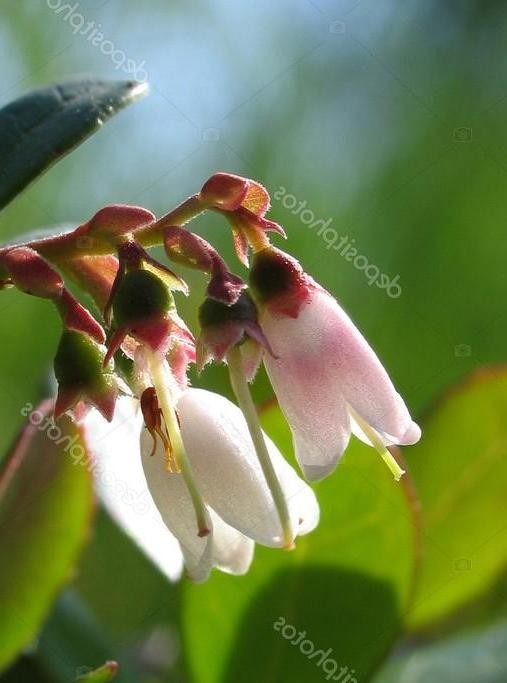"Lingonberry "
(Disterigma acuminatum)

Description
Vaccinium is a common and widespread genus of shrubs or dwarf shrubs in the heath family (Ericaceae). The fruits of many species are eaten by humans and some are of commercial importance, including the cranberry, blueberry, bilberry (whortleberry), lingonberry (cowberry), and huckleberry. Like many other ericaceous plants, they are generally restricted to acidic soils. The plant structure varies The genus was first described scientifically by Carl Linnaeus in 1753.The name Vaccinium was used in classical Latin for a plant, possibly the bilberry or a hyacinth, and may be derived from the Latin bacca, berry, although its ultimate derivation is obscure.It is not the same word as Vaccinum "of or pertaining to cows". The taxonomy of the genus is complex, and still under investigation. Genetic analysis indicates that the genus Vaccinium is not monophyletic.A number of the Asian species are more closely related to Agapetes than to other Vaccinium species.A sed group includes most of Orthaea and Notopora, at least some of Gaylussacia (huckleberry), and a number of species from Vaccinium, such as Vaccinium crassifolium. Other parts of Vaccinium form other groups, sometimes together with species of other genera.The taxonomy of Vaccinium can either be resolved by enlarging the genus to include the entirety of the tribe Vaccinieae, or by breaking the genus up into several different genera. species: some trail along the ground, some are dwarf shrubs, and some are larger shrubs perhaps 1 to 2 m (3 to 7 ft) tall. Some tropical species are epiphytic. Stems are usually woody. Flowers are epigynous with fused petals, and have long styles that protrude from their bell-shaped corollas. Stamens have anthers with extended tube-like structures called "awns" through which pollen falls when mature. Inflorescences can be axillary or terminal. The fruit develops fro an inferior ovary, and is a four- or five-parted berry; it is usually brightly coloured, often being red or bluish with purple juice. Roots are commonly mycorrhizal, which likely help the plants to access nutrients such as nitrogen and phosphorus in the acidic, nutrient-poor soils they inhabit
Taxonomic tree:







